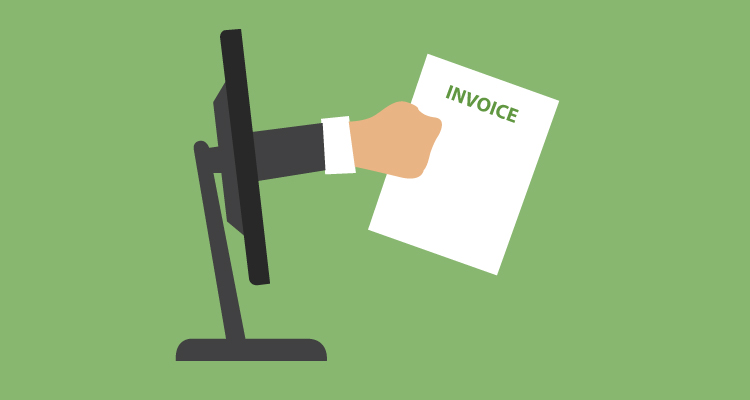Congratulations! You’ve completed your first freelance gig for a client. They’re thrilled with your work, and now it’s time to send an invoice. What to include doesn’t have to be a mystery.
Create a template and put a system in place. Once that’s done, sending customized invoices and getting promptly paid for your work will be far easier.
Table of Contents
ToggleWhat You’ll Want to Include on Every Invoice
While it’s worth creating a customized invoice for each client, there are some things that you’ll want to include on every invoice you send. Making a list of these before you begin ensures that you won’t leave anything important off. Also, you won’t have to send an embarrassing memo to your client detailing all the things you forgot. Start with a professional header including your business name and complete contact information including your tax idea.
You’ll also want to include your logo because it increases the likelihood that you’ll be paid on time by 300%. Follow that with your client’s contact information. Next goes the nitty-gritty. This is the invoice number, the date you prepared it, how much is owed, and when it must be paid. If you plan on charging interest or late fees, make sure it’s in the terms of the contract. You’ll want to break down what services you provided in exchange for the rate or fees you’re charging, then add the ways in which you can be paid. That’s it! Customize this according to each of your clients, and you’ll be ready to do.
How to Easily Create an Invoice
While you can certainly create your own invoices from a variety of word processors, it’s much easier to use one of the many online invoicing companies that work specifically with small business owners.
In addition to giving you simple, automated ways to send bills or invoices to your clients, they frequently offer additional services like time tracking, project management, and expense management. Managing your money in one place makes it easier to devote more of your time to finding (and keeping) great clients and less time to crunching numbers.
How to Make it Easy to Pay
You want to get paid, and promptly, so don’t make it difficult. Sometimes finding a stamp to mail you a check could mean a late payment, even if your client has to pay a late fee because of it.
Consider offering at least one payment option that uses an online service like PayPal. That way your client can simply log in, click a few times, and boom! You’ve got money. Make sure that you clearly indicate on your invoice any details your client will need to know. This includes the email address with which an online payment account is connected.
The Best Time to Send an Invoice
For many industries, you’ll make plans about how often you’ll send an invoice with your client when you arrange a contract. This might be once a month, twice a month, or every week. Whatever you decide, you’ll want to make sure that you’re sending invoices at a predictable time – say, the first day of every month, or every other Friday.
When your client knows when to expect a request for payment, they’ll be better prepared to pay you promptly (since you’re not working for free, after all).













